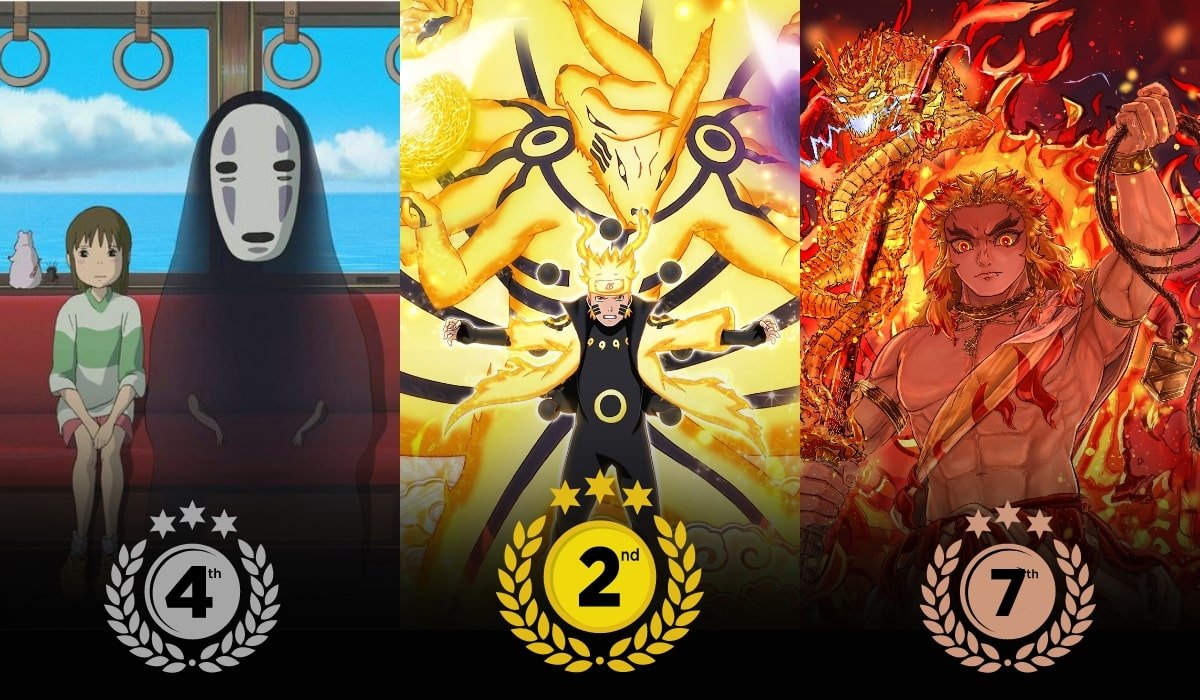The Influence of Japanese Folklore on Anime
Japanese folklore is a rich tapestry of myths, legends, and tales that have been passed down through generations. These stories are filled with supernatural beings, gods, spirits, and moral lessons that reflect the values and beliefs of Japanese culture. It’s no surprise that these elements have found their way into anime, creating a unique blend of traditional and modern storytelling that captivates audiences around the world. In this post, we’ll explore how Japanese folklore influences anime, shaping its characters, themes, and narratives.
1. Yokai: The Supernatural Beings of Japanese Folklore
Yokai are a class of supernatural creatures in Japanese folklore that range from malevolent spirits to mischievous beings. These creatures have become a staple in many anime series, often serving as the main antagonists or guiding spirits. For example, in Natsume’s Book of Friends (Natsume Yūjin-chō), the protagonist can see and communicate with yokai, leading to a series of heartwarming and sometimes eerie encounters. This series beautifully showcases how yokai are integrated into anime, blending the mystical with everyday life.
2. Kami: The Divine Spirits and Gods
Kami are the gods and spirits revered in Shinto, Japan’s indigenous religion. They can be found in natural elements like mountains, rivers, and trees, as well as in ancestral spirits. Anime like Spirited Away (Sen to Chihiro no Kamikakushi) by Studio Ghibli heavily feature kami, particularly in the portrayal of the bathhouse, where spirits and gods come to relax. This film, among others, highlights the deep respect and reverence for nature and the divine present in Japanese culture.

3. Oni: The Demons of Japanese Mythology
Oni are fearsome demons often depicted with red or blue skin, sharp horns, and large, muscular bodies. They are usually portrayed as evil beings that torment humans, but some stories present them with more complex personalities. In anime, oni appear frequently, sometimes as terrifying adversaries and other times as sympathetic characters. In Blue Exorcist (Ao no Exorcist), the protagonist, Rin Okumura, discovers he is the son of Satan, an oni-like figure, and the series explores themes of identity, redemption, and the struggle between good and evil.
4. Kitsune: The Fox Spirits
Kitsune are fox spirits known for their intelligence and magical abilities, particularly their power to shape-shift into human form. They are often depicted as tricksters or protectors, depending on the story. In anime, kitsune are popular characters, often portrayed as both wise and cunning. Inari, Konkon, Koi Iroha is an anime where the main character, Inari, encounters a kitsune deity who grants her the power to transform into anyone she desires, leading to a series of adventures and life lessons.
5. The Influence of Shinto and Buddhism
Shinto and Buddhism, the two main religions of Japan, heavily influence Japanese folklore and, by extension, anime. Themes of reincarnation, karma, and the impermanence of life are common in anime. Series like Naruto incorporate these ideas, particularly through characters who believe in reincarnation and the cycle of life and death. The concept of purification, central to Shinto practices, is also a recurring theme in anime, where characters often undergo trials to cleanse themselves spiritually.
6. The Role of Folktales in Anime Narratives
Many anime series draw directly from traditional Japanese folktales. For instance, The Tale of the Princess Kaguya (Kaguyahime no Monogatari) is a Studio Ghibli adaptation of The Tale of the Bamboo Cutter, one of Japan’s oldest and most famous folktales. The anime stays true to the original story while adding depth and emotional complexity to the characters, showcasing how anime can bring ancient stories to life in new and meaningful ways.
7. Moral Lessons and Cultural Values
Japanese folklore is rich with moral lessons, often teaching values such as humility, respect for nature, and the importance of community. These themes are prevalent in anime, where characters often face moral dilemmas that reflect the teachings found in traditional stories. For example, Mushishi explores the relationship between humans and nature, often presenting stories where characters must learn to coexist with the natural world, echoing Shinto beliefs about harmony with nature.
Conclusion
The influence of Japanese folklore on anime is profound, providing a wealth of inspiration for creators to draw upon. By incorporating elements of myth, legend, and religious belief, anime not only entertains but also educates viewers about the cultural heritage of Japan. Whether through the eerie presence of yokai, the divine interventions of kami, or the moral lessons embedded in folktales, Japanese folklore continues to shape the narratives and characters of anime, ensuring that these ancient stories remain alive and relevant in modern times.



